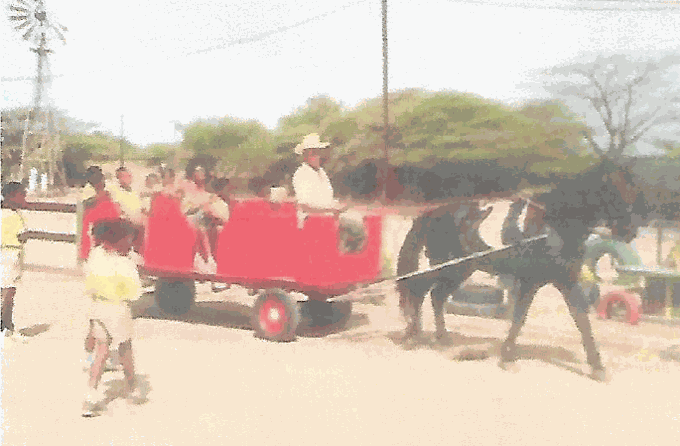Fundashon Julianadorp's History
Choose a vibrant image and write an inspiring paragraph about it.
It does not have to be long, but it should reinforce your image.

At the end of 1992 a number of residents of the Parallelweg joined forces to stop the illegal construction behind their houses, with success. Two years later, at the end of 1994, this group of worried local residents extended to all the streets that end up on this part of Parallelweg.
The meetings take place in response to unrest in the neighborhood due to minor burglaries. Especially the houses on the outskirts suffer more from this. In certain parts of the neighborhood, volunteers from those streets are even waiting during the evening hours and nights. In the same period there is an official protest at the Executive Council against the illegal construction activities behind the Parallel Road, which had started again.
In 1993 the 'toko' of Mr. Mendes, known to the residents, was closed. The owner of Jumbo Supermarket bought the 'toko' and adjoining grounds. The intention was to build a large supermarket on that spot with warehouses and all. The local residents realized that this would cause great inconvenience. A number of residents of the Parallelweg and the high-rise buildings formed a committee that instituted summary proceedings against the construction without a building permit. This court was won on the 8th of December 1993.
The Island Government has resolved the dispute amicably by exchanging land. The area near Bestèsda was swapped for the land of the old 'toko'. Nowadays the 'Centrum Supermarket' is located here.
After this, the neighbourhood association organised regular meetings, mainly to strengthen social contacts and preventively keep crime out.
The next challenge for the young neighbourhood association was the proposed amendment of the Island Development Plan to change Weitje's zoning from "open land" to "urban construction area". As a result, there was a risk that the neighbourhood would be opened up to traffic on the side of the Parallel Road. In addition, the sewerage system and the harvesting system would be linked to the new district. As the association was not legally formalized, a number of residents "a titre personelle" put their names and signatures to a notice of objection requesting that the zoning be changed to "conservation area".
In January 1997, "Final advice on the settlement of appeals against the Curaçao Island Development Plan", the zoning of Weitje was unfortunately changed from "open land" to "urban development area".
However, a foundation can act as a legal entity on behalf of a group of interested parties and the neighbourhood foundation was officially established on 19 August 1996.
The Foundation was named "Fundashon di Bario Joe Pinedoe" as a tribute to Mr. Pinedoe after his death in April 1996.
Mr. Joe Pinedoe was a legendary detective everybody knew on Curaçao. He lived in the neighborhood for a very long time, at the Valkenweg.
Moreover, for years he was a mainstay of animal protection. With birthday parties he also drove a "Jan Plezier" full of children from Groot Sint Michiel to Julianadorp. He helped children from Sami Liber, and they were allowed to work at his riding school.
The first chairman of the "Fundashon d Bario Joe Pinedoe" was Mr Ricardo Montauban.
In 1996 the tennis park in Julianadorp officially closes its doors and is resold a few times. In November of that year the residents of Julianadorp lose a court case to stop the construction of flats on the grounds of the tennis park. They also lose the lawsuit against FKP to build 5 houses on the northern side of the Parallel Road.
In 1997, the Royal Netherlands Navy decided to build 20 houses at the end of St. Michielsweg for its personnel.
In order to better reach the residents, a system of street representatives was set up to maintain contact with the street residents.